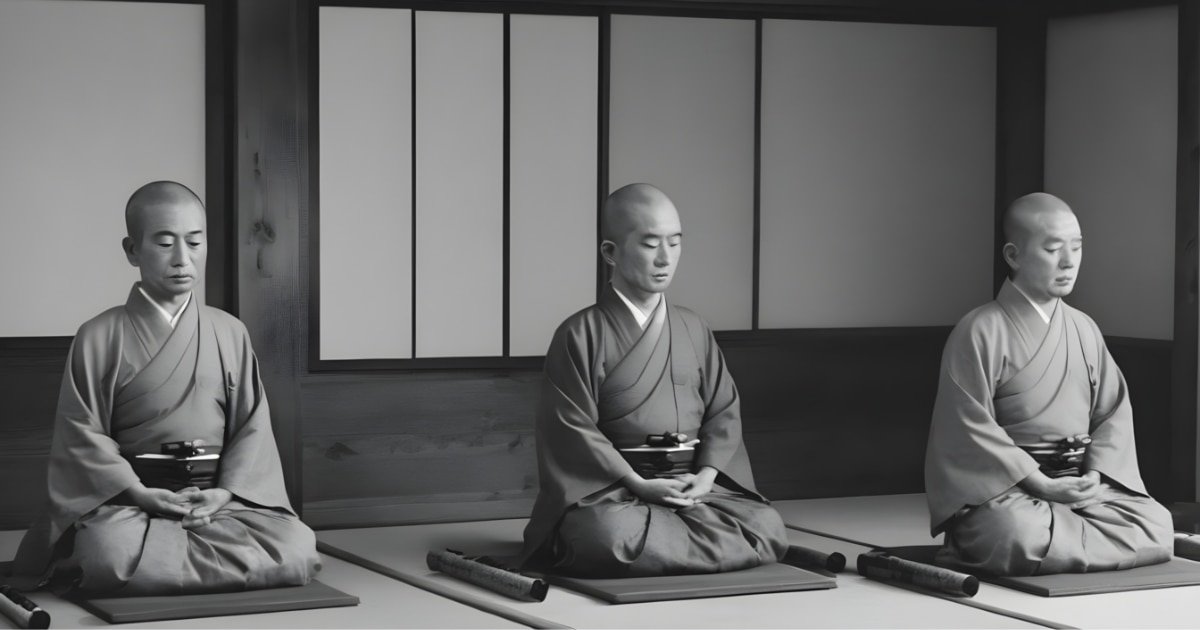Shomano, with his charm and profound introspection, presents himself as a musical form that enchants and fascinates. This ancient Japanese Buddhist song, described in such an elegant way by Kūkai , founder of the Shingon school, represents a harmonious union of all the voices in the world. Each item maintains its unique characteristics, but blends together in a single sound, which approaches the item of the Buddha itself.
Buddhism arrived in Japan in the 6th century and also brought Buddhist music, including the suggestive Shomyo . This musical form has ancient roots and derives from a Chinese adaptation of the Indian veins. The monks are thought, on their return to Japan from China in the eighth century, have developed these songs, thus giving rise to Shomyo.
Shomano is a harmonious whole of choral voices and rhythmic tools such as Mokugyo, a Buddhist gong with the stylized form of a fish. These elements merge together to create this ritual musical form with a multicultural charm.
The traditions intertwine, with sanskrit texts from India, bells and gongs from China and wooden percussion from Japan. Over time, texts in Chinese and Japanese have also been introduced, further enriching the variety of shromyo sounds and meanings.
Let yourself be wrapped in by this Japanese Buddhist song, which will lead you on a spiritual and meditative journey. His ancient melodies and his suggestive rhythm will guide you towards a deep connection with the Buddha and his wisdom.
Happy listening!








